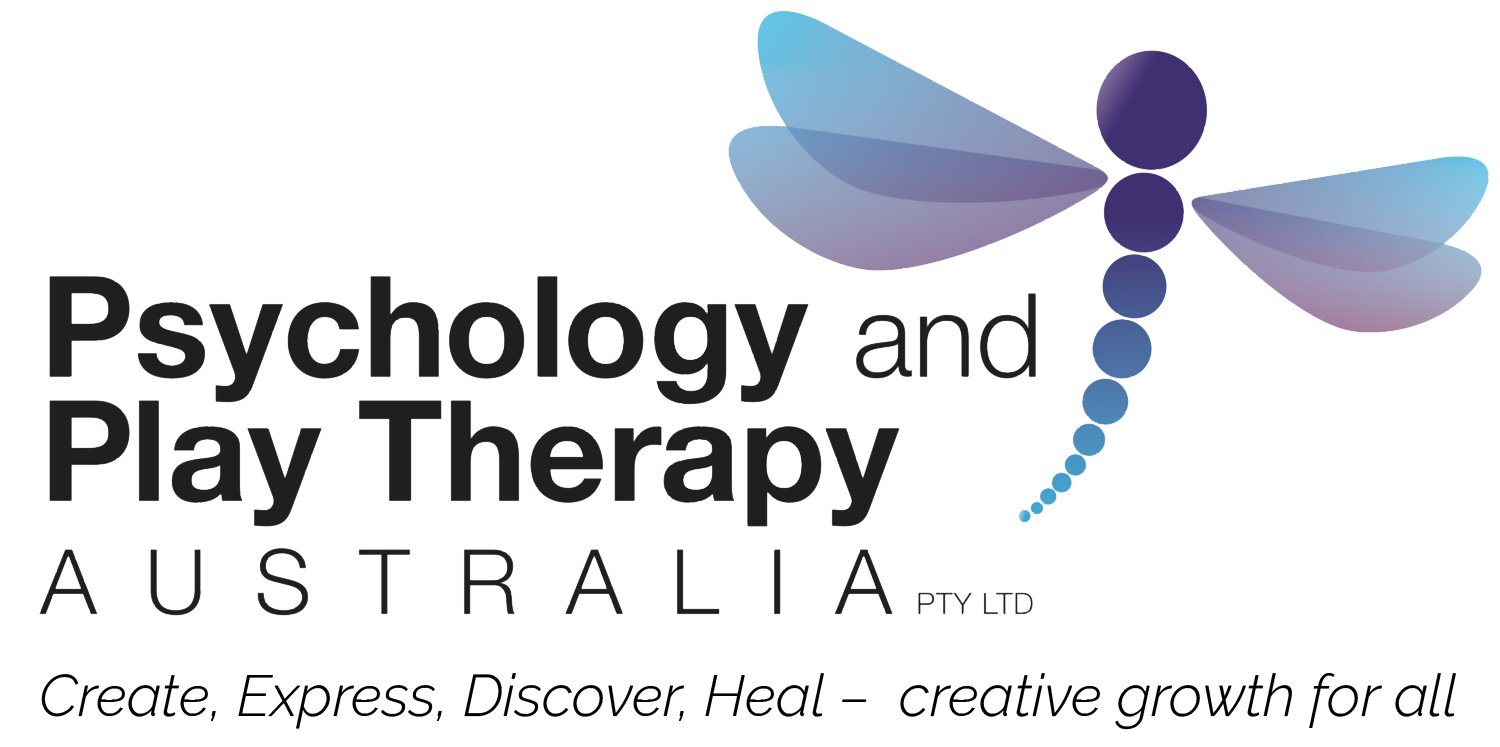Sometimes, despite our best intentions, therapy doesn’t end the way we plan.
Clients move. Families disengage. Funding runs out. As child therapists, unplanned endings can be deeply challenging - not just for the child, but for us, too.
But even when endings are abrupt, we can still do our best to create a therapeutic experience.
When You Have Only One More Session
If you learn that therapy is ending suddenly, and you have the chance to see the child face-to-face one more time, use that opportunity with intention. Be honest (in developmentally appropriate ways) about the change. Validate the child’s experience and acknowledge that the plan changed, and share your feelings about it together.
This kind of relational honesty helps the child make sense of the disruption and supports their emotional regulation. You can also use this time to:
Engage in meaning-making where you validate the child’s experience, whatever it is
Reflect on things you’ve done together and anything they’ve enjoyed playing with during your time
Celebrate growth or strengths
Talk about what the child wants to do with any artwork or stored items (if applicable)
Even in just one session, you can honour the relationship and validate the child’s experience.
When You Don’t Get to Say Goodbye
When we have an ending where we don’t get to see the child again, this can be quite upsetting – for both you and the child. This is where advocacy and creativity come in.
You might:
Call the caregiver to thank them and gently explain why a goodbye session could be important
Offer to send a card, small note, or email to the child to say goodbye
Ask the caregiver to pass on a message (if appropriate)
It’s not just for the child - it helps you to create an ending that is okay for you too.
Setting the System Up for Success
For therapists working in private practice or with external systems (like child protection or care teams), setting clear expectations early can help prevent abrupt endings. Be upfront about your model of work, your expectations for involvement in care team meetings, and the importance of closure.
Including these in your contracts, quotes, or referral agreements helps position you as a trauma-informed advocate - not just a therapist offering weekly sessions.
When you're clear about how you work with kids and your model, you can be clear about what the sequence is going to look like, and how important endings are to the therapeutic sequence right from the outset.
The Therapist’s Own Relationship with Endings
Your own experiences of endings will inevitably shape how you approach them with clients. Reflect on that. What’s been modelled for you? What do endings mean in your life?
Being aware of your own process not only protects you from burnout, but enhances the care and integrity you bring to the important part of therapy that isn’t spoken about enough - the goodbye.
